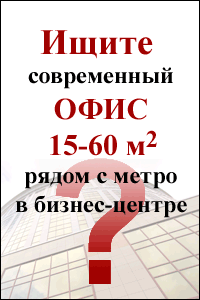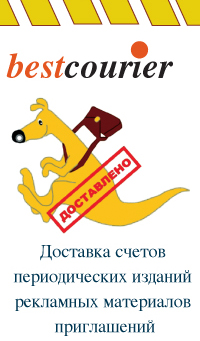Swiss clock-style regularity of technogenic tragedies highlights Russia’s industrial woes

A recent wave of so-called technogenic in Russian companies with unprecedented losses of lives and industrial infrastructures, most of which were installed in the Soviet era, underscored not only the current properties owners’ utter disregard for employees’ lives, but also their fatal managerial incapabilities. These negative phenomena are further exacerbated by the CEOs’ insatiable greed and the workers’ innate self-destructive affinity for overlooking the most basic security measures adopted to ensure hitch-free operations in factories.
Without fear of being accused of feeling nostalgic for the Soviet era, one can say with absolute certainty that industrial accidents caused by the so-called ‘human-related factors’ did not occur with today’s regularities befitting a Switch clock, and that when they did occur, the heads of those in charge of such companies and regulatory agencies that were supposed to ensure absolute observation and enforcement of the industrial normative acts and safety requirements in such sectors usually rolled in their aftermaths.
However, with the adoption of a free-market economy along with its ‘jungle capitalism rules’ in the 1990s, the new owners of Soviet-era industrial assets saw them only as ‘milking machines’ for more cash, without reinvesting any significant capital back to support their dilapidated facilities, most of which had long outlived their inbuilt life cycles. Besides, the country’s endemic corruption has also added its weight, as the lion’s share of the government’s billions pumped into these sectors annually to support them is not usually spent on declared objectives as most of them traditionally find their ways into non-retraceable bank accounts in offshore zones, far out of reach of the Russian tax authorities.
Another issue is some of factories owners’ using ‘flight-by-night’ firms or companies with little or no expertise in related fields to bid for and win the tenders for the maintenance or overhaul of these complicated industrial facilities. A case in point was the RusHydro Dam that imploded last year, killing over 75 people and leaving irreparable industrial junks on its tracks. Post-accident investigations later revealed that the dam’s mandatory maintenance was handled by an unknown firm that managed to beat other more illustrious companies in the industry to land the lucrative multimillion-dollar maintenance deal.
Similarly, a preliminary investigation into the twin blasts that killed almost 70 workers at the Raspadskaya Mine in the Kemerovo Region in May revealed that the accident was completely avoidable, were it not for the mine management’s absolute disregard for the most basic safety measures. Specifically, Rostechnadzor, the federal industrial safety watchdog, according to the prime minister, had unsuccessfully sought a court order to dismiss the mine’s CEO, Igor Volkov, over numerous ‘blatant violations’ of all regulations. Such practices are rather the norms, rather than exceptions, in all the industrial sectors of the Russian economy.
All these obtuse and other negative practices, such as the miners themselves compromising their plants’ safety devices on a regular basis to enable them produce more coal, and hence, earn larger wages, have turned the nation’s mine industry into a typical Russian roulette, with a ‘zero-survival chance’ for the miners. It is, therefore, not surprising that ‘unnecessary deaths are just too many in the Russian coal industry, with 2007 setting a record, when over 240 people died in mine blasts. Indeed, the self-telling indicative mine fatality, calculated as the ratio of miners’ deaths per 1mln tons of coal produced, which stood at 54 deaths per 301mln tons of coal in Russia in 2009, is among the world’s highest, if not the sole highest.
Traditionally, the federal and regional authorities, as in other highly resonant technogenic cases in other industries, have promised to tighten regulations and punish those responsible to serve as deterrence to other companies’ owners/CEOs that routinely flout safety regulations in their industrial empires in pursuit of extra profits at the expense of their employees’ lives. But miners and their families do no longer believe in such fairy tales, evident in their recent mass protests in the Kemerovo Region. Therefore, the faster the government shows some ‘real muscles on these issues,’ the earlier the better for the industry and the nation as a whole.












 Web design,
Web design,